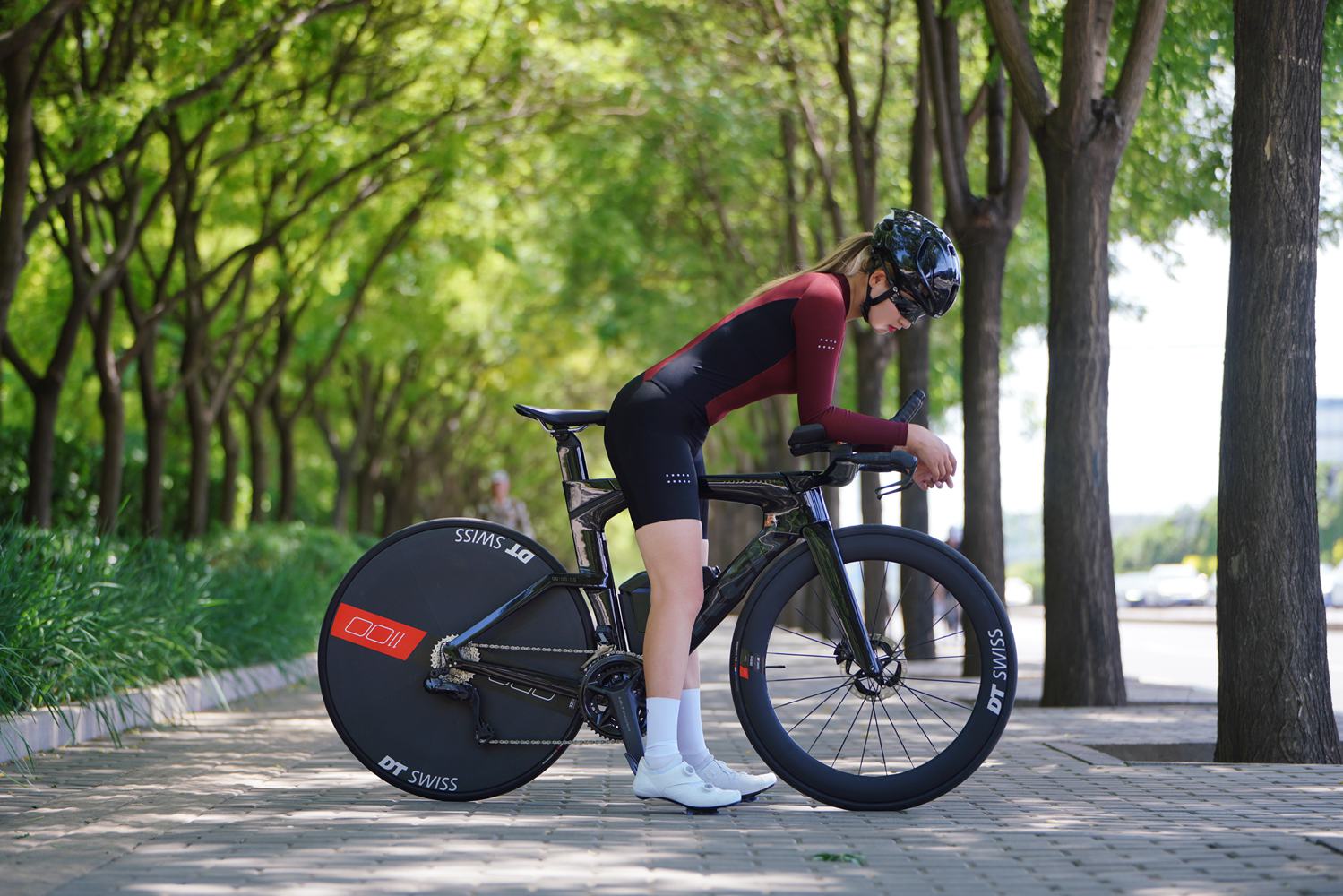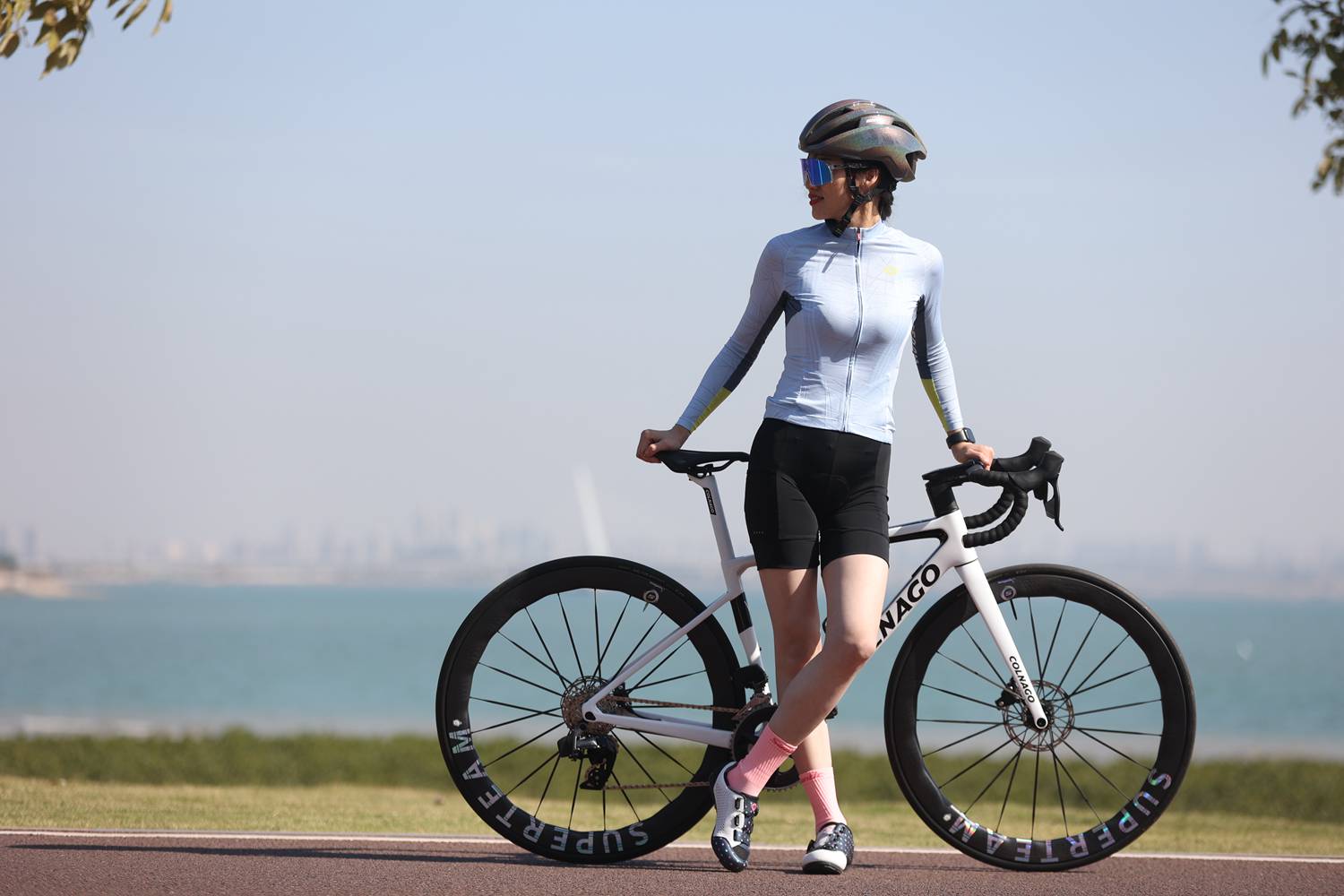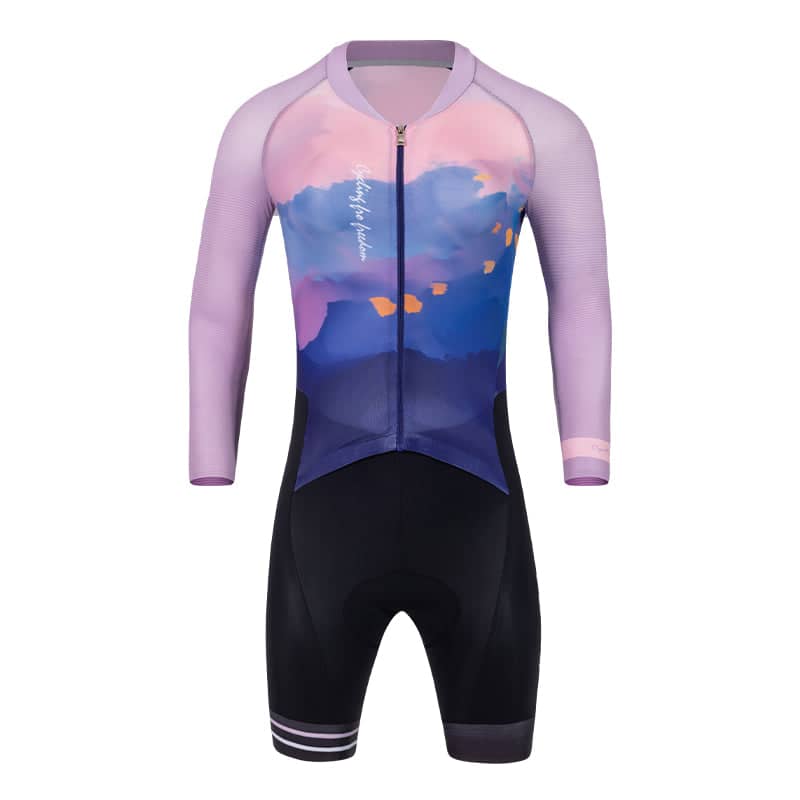How to Treat Saddle Hurt or Sore
Saddle sores are uncomfortable blisters that can develop on body regions that come into contact with the bike's seat. You can treat Saddle sores through topical creams and lotions and by getting off the bicycle to allow them to heal. In some cases, you may require medical treatment in more fatal instances.
With a padded bike seat, donning a pair of shorts, and taking other steps, you can lower the potential of getting saddle sores. Continue reading to find out why there are saddle blisters and how to cure and avoid them.
What Are Saddle Sores?
Saddle sores will occur when the skin exerts pressure and friction in the places where the cyclist rests on the saddle. Chafing, irritation, and sometimes open cuts can result from this. Saddle sores are common for long-distance bikers, but they may develop or trouble anyone who loves biking.
They often manifest in three different forms: scratches on the skin, folliculitis, and abscesses. A scratch is a type of skin damage that occurs when there is contact with a rough surface; it will heal with the right medication and time. Folliculitis symptoms have some red pimple characteristics on the skin. If you assume or neglect a yeast infection, it can progress to an abscess, resulting in a fatal ailment.
What Causes Saddle Sores?
We can classify Saddle sores into four types: ulcerations, chafing, folliculitis, and furuncles. The degree of the injury is determined by its nature.
01: Ulcerations
Ulcers form when the outermost layer of skin gets off when there is chafing or the impact of your weight rubbing against the saddle. Ulcers are susceptible to infections caused by bacteria.
02: Chafing
The most prevalent and less severe sort of saddle discomfort is chafing.
Whenever your thighs brush on your bike's seat while pedaling, they can become chafed, which causes irritation and swelling. Chafing is more likely if the inner fabric of your biking shorts is torn or if the outer layer of your skin is naked and in close contact with the saddle. Chafing, if left neglected, can develop into something more serious.
03: Furuncles and Folliculitis
These saddle sores suggest the presence of an illness. These are known to be the most fatal saddle sores.
A furuncle is also known as a boil. It is a fluid-filled lump that grows around a follicle of hair that has become infected.
Folliculitis is a condition characterized by inflammation of a scalp hair follicle that appears as a pimple.
04: Abrasions
The most basic sort of saddle soreness is one you get from damage to the skin from excessive rubbing. When your backside rubs against the saddle repeatedly, the top protective layer of skin can gradually peel away. You may sometimes get rough saddle sores from needless motion in the seat.
Ensure your interaction against the saddle to focus on the tuberosities of the ischial bone; your spinal joints must remain still without sliding back and forth or shifting places on the spine.
There could be a variety of causes for this excessive movement:
Your saddle is not suitable for your body: It could be an incorrect form or applying force in areas that are not necessary.
Your bike is incorrectly fitted: Ensure your saddle fitting is in order. You do not need to struggle with sitting positions, moving up and down, or overstretching your hands to reach the handles. You should be comfortable and able to ride smoothly.
Leg-stretch imbalance: some people have either of their legs somewhat shorter than the other, resulting in saddle imbalance.
Abrasion seat blisters appear as red, painful spots on the skin at first. If they continue to grow, the skin may rupture.
05: Follicles Infected With Bacteria, Cysts, or Boils
● Abrasion can cause more fatal issues than just shedding a few layers of skin.
● Staphylococcus staph is a naturally occurring infection on the human skin. Sometimes we allow bacteria into our bodies by rubbing our skin or opening up the pores of our hair follicles. This can progress to become more serious, requiring more than just a topical treatment.
● Friction can cause cyst accumulation under the skin and may necessitate medical surgery.
● An inflammatory follicle frequently resembles an eruption and can even have a head on it. That bump has a likelihood of developing into an infection or boil, which you want to prevent from happening.
Who Is The Most Vulnerable?
Most saddle sores develop where there is too much sweat and skin friction. Anybody can get saddle blisters, though if you go on a lengthy bike journey; you are more likely to have them. It happens because the surface of your skin is stiff and cannot allow air to circulate if you ride for a lengthy period without taking a moment to rest.
How to Treat Saddle Sores
These blisters grow increasingly uncomfortable and harder to cure as they develop. This implies that you should pay attention to saddle sores and address the issue as they are recognized. So, from remedies at home to medical therapies, here are some options to deal with saddle sores:
01: Hygiene Is Essential
You can treat a saddle sore by delicately cleaning the afflicted region with water and soap. This will assist in removing of any allergens that might be causing the discomfort. Scrub gently, as this may damage the skin even more. It is also critical that you thoroughly dry the spot after cleaning it.
02: Heat Gently
Applying a warm compress to the affected area is another method for treating a saddle sore. This can aid in increasing blood circulation and hastening recovery. Carefully soak a cloth, place it in a watertight vessel, and administer it to the injured region.
03: The Use of Cold Treatment
If you experience discomfort and inflammation, you should try administering a cooling compress to the affected area. This can aid in the reduction of edema and pain. Wrap ice in a handkerchief and massage it into the pain for fifteen to twenty minutes at each application to form a cold compress.
04: Therapy forthe Entire Body
Some non-prescription medications are available to treat saddle sores. Tramadol and paracetamol are pain medications that can help lessen inflammation and pain. Cannabis, a well-known antispasmodic, can further alleviate discomfort. Other products provide systemic comfort without the more potent effects, which is essential if you are looking for relief.

05: Chamois Creams and Topical Ointments
There are numerous remedies for saddle sores. Opt for solutions with components such as aloe vera, hazel, or menthol, which may all assist in relieving the skin. Check the packaging and labeling thoroughly, and follow the instructions for use.
06: Maintain It Dry
Dampness can aggravate saddle blisters; therefore, keep the spot clear and dry. Quality underwear will make a significant difference. If not riding a bike, steer clear of anything that is too tight and may irritate the sore. Wear clothes that are loosely fitted and made of fabrics that breathe.
07: Do Not Try To Pop It
If you believe you are suffering from an abscess, you should not try to break it open or crush it. This has the potential to spread the bacteria and worsen things for you. If the inflammation begins to clear naturally, scrub the area with water and soap. Then wrap it up using an adhesive bandage to help keep the spot germ-free and secure.
Saddle Sore Home Treatments for Quick Fix
If you acquire saddle sores, at least one of these home cures may provide substantial pain relief:
● Stay away from the bicycle for a few days. If the skin is not persistently inflamed, it can recover quickly.
● To prevent infection or severe inflammation, keep the afflicted areas of the skin tidy and fresh.
● External creams, including diaper allergic reaction cream, antibacterial moisturizer, and ulcer cream can help relieve inflammation and irritation of the skin.
● Use acetaminophen or ibuprofen as over-the-counter pain medications.
● Apply Warm compresses to the area of concern.
When Should You Seek Medical Attention?
Mild ulcerations and chafing rarely necessitate medical care. Nevertheless, if the saddle sores fail to recover within a couple of days or still are visible, unpleasant, and wounded, visit a doctor as soon as possible. This may be fever, pus, and symptoms of infection.
A medical professional may prescribe antimicrobial agents, including oral pills and topical oil to be applied directly to the sores. Once you are sure you have furuncle, you should see a doctor to relieve pain.

Avoid the Sourness In The First Place
The easiest method for managing saddle soreness is to avoid it. You can avoid Saddle ulcers, but not always. However, with the right cycling shorts and additional methods, you can lessen your chances of acquiring uncomfortable saddle sores.
Try the following ideas to help stop them from destroying the enjoyment of a bicycle trip:
01: Select the Appropriate Saddle
Selecting the appropriate saddle is arguably the most vital thing you need to do to avoid soreness. This will differ according to your shape profile and cycling ability. If you are unsure which saddle is best for you, consult with an agent at your nearby bike store.
Get the best saddle that suits you. Extra cushioning isn't necessarily the answer to a smoother ride. A relatively large saddle has the same effect; it can strain on the inside of your thighs if it's wider than necessary. The position of the saddle should fit your profile. A cyclist or sports equipment store clerk can assist you in picking a seat.
02: Dress Appropriately
Wearing the proper gear is another way to avoid saddle sores. Cushion pants or an emollient seat protector can also help reduce saddle soreness. Wear seamless cycling pants or bibs with well-cushioned padding in the crotch portion of the pants.
Make it a habit of removing your cycling shorts as soon as you finish your riding, and remove and wash the shorts. Showering shortly after cycling is another way to prevent bacteria from growing on sensitive skin.

03: You Should Adjust Your Seat
When you experience saddle blisters, it could be possible that your seat set-up may be the problem. If the foot pedal is at six o'clock style, the level of your seat ought to be at a level where each leg is comfortable. You should also adjust your seat to ensure you don't lean too much in the front or push back.
While biking, adjust your position on the bike regularly. Move over the saddle as you are riding uphill, this reduces pressure from the body against the seat and increases blood circulation. Chafing and seat aches can reduce as a result.
04: Apply Chamois Cream
Chamois ointment is a heavy, slick ointment that assists in minimizing friction around your skin and your shorts. Massage the cream gently and repeat as necessary. You can always reduce chafing by applying chamois cream to the inside of your thighs and crotch area.
05: Do Some Stretches Before and After You Ride
Light stretches or warm-ups will improve blood circulation to the groin area; you can do this before and after cycling to avoid saddle sores. Pay special attention to the muscle groups in your thighs, legs, and spine.
Stop periodically and step off your bike. Try taking shorter rides with an alternative pair of pants and bathing in between.
Conclusion
Saddle sores are treatable and preventable. Having the right fit at a bike store and donning appropriate clothing can assist. You might also wish to receive some tips on body alignment to help limit the possibility of feeling pressure and friction.
We can classify Saddle sores into four types. They are ulcerations, chafing, folliculitis, and furuncles. So, if you get saddle blisters, do not be too worried; allow yourself plenty of time to recuperate. Riding with ulcers will almost certainly aggravate them. Speaking with other cyclists about their solutions and prevention techniques might also be beneficial.
RELATED ARTICLES
【Broken Hip Recovery Advice】
https://santic.com/blogs/extra/broken-hip-recovery-advice
【Cycling Recovery Tips】
https://santic.com/blogs/extra/cycling-recovery-tips
Cycling Gear Selection
Subscribe for Newsletter
The latest news, events and stories delivered right to your inbox





